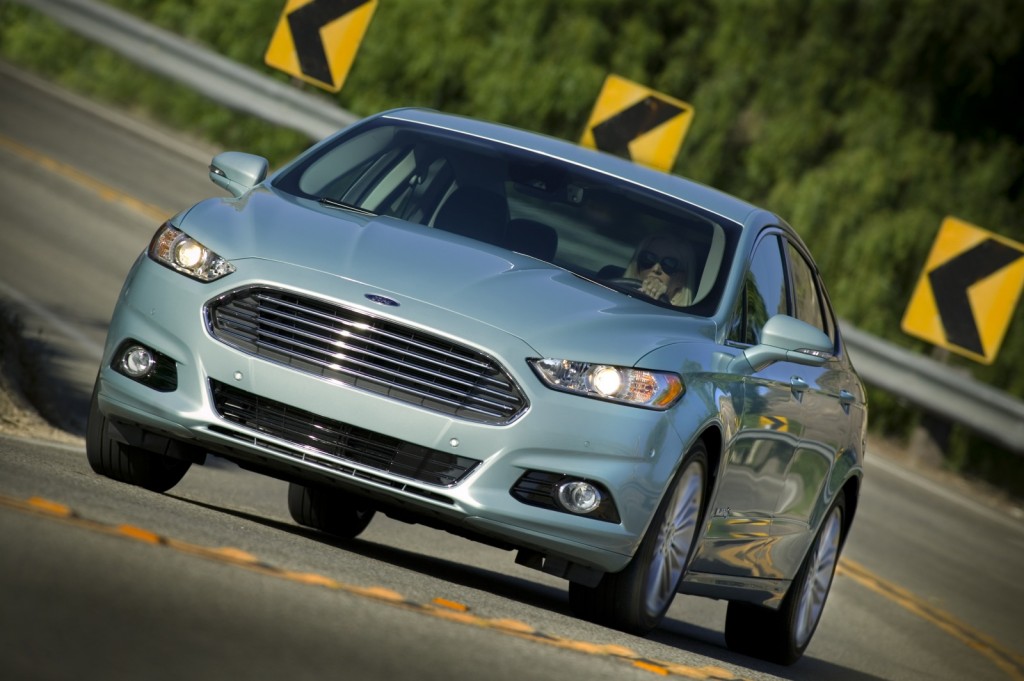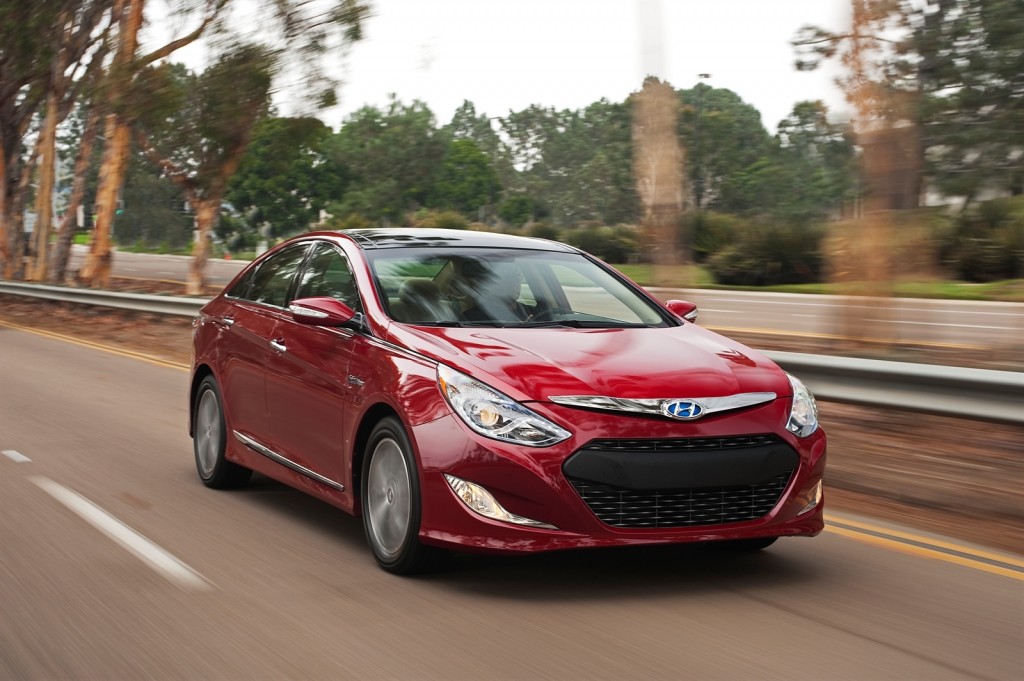Suppose sales of some type of car or other reached a certain level--and then stayed there, forever.
According to a new report, that may already be close to happening in at least one market segment: hybrid-electric vehicles.
While the number of different hybrid models offered by the world's automakers has grown significantly over the past five years, researchers at IHS Automotive found that U.S. hybrid sales haven't kept pace.

2014 Ford Fusion Hybrid
Although the number of hybrid offerings offered has almost doubled--from 24 in 2009 to 47 in 2014--U.S. hybrid sales haven't dramatically increased. They reached 2.4 percent for 2009, peaked at 3.3 percent in 2013, and presently stand at 3.0 percent for this year through March.
In fact, hybrid market share actually declined from 2009 to 2010, and then again from 2013 to 2014.
So if consumers aren't buying hybrids, what are they buying?
While gas prices remain high, their relative stability means consumers are less likely to be shaken out of their normal buying patterns.
There's some evidence that it's the rate of change in prices that spurs buyers choosing a more fuel-efficient vehicle--not the absolute level. A sudden increase of, say, $1 a gallon within a month is simply more noticeable than the same increase would be if spread evenly over two years.
(Think of the old "frog in warm water" comparison ....)

2012 Hyundai Sonata Hybrid
Many of the early adopters who who originally bought hybrids may now be switching to plug-in hybrids or battery-electric cars. Some state emphatically that these models are just nicer to drive.
Meanwhile, buyers with less of a commitment to electrified motoring may be dissuaded by the gradual discontinuance of government incentives for hybrids, and evidence that certain models' EPA fuel-economy ratings don't hold up in the real world.
Still, regardless of which models are most popular at the moment, all cars are steadily getting more efficient as automakers work to meet Corporate Average Fuel Economy (CAFE) standards, which require 2025-model-year vehicles to achieve a fleet average of 54.5 mpg. That's equivalent to roughly 42 mpg on the window sticker.
_______________________________________________












